Why a new organ?
The church of Notre Dame already had an organ in 1501. In 1665, a contract was established with the organ builder Sebald Manderscheidt for the construction of a positive with five registers, an instrument which was afterwards sold but which, after extraordinary historical vicissitudes, was installed in 1982 in the chapel of the old Hospital of the Bourgeois.
During the transformations of the Basilica between 1785-1787, an organ was commissioned from Joseph Anton Mooser, father of the renowned Aloys Mooser. The decoration of the organ case was by Dominique Martinetti. This instrument was completed in 1786 and underwent several transformations, before being replaced in 1916 by a new organ constructed by Henri Wolf-Giusto on the inside of the existing case. The painting attributed to Eugène Reichlen dates from this period. This latest instrument was sold in 1948 to the parish of Massonnens and replaced by an electronic organ. However, the organ builder Emile Dumas, who constructed the organ of Massonnens in 1949, decided in the end to not use the pieces coming from Notre Dame, which explains its disappearance. The Wurlitzer electronic organ of 1948 had to be replaced several times in order to ensure the musical accompaniment of the liturgy of the Basilica.
After the important restoration of the Basilica which took place these last two decades, the project to endow the Basilica with a new instrument became more and more prominent, given the importance of the shrine in the history of our city. This restoration will not be truly completed until the installation of a new organ!
The project
The project approved by the Foundation Council of the Notre Dame Basilica, according to the proposal of the Organ Commission, is based on the following criteria:
An instrument adapted to the liturgy, which thus corresponds to the primary vocation of the organ, a liturgical instrument par excellence, but also an instrument in harmony with the history and the architecture of the church. It recalls the instrument of Joseph Anton Mooser, which in its turn was influenced by the organ builders of Alsace at the end of the 18th century. The style of the case is marked by the simplicity and austerity of the late Louis XVI style, the style which inspired the restoration of 1753.
This is a style of organ which would be well placed in the organo-musical landscape of Fribourg, and would add to the diversity of the organs of the city. This project is inspired by the instruments of the builder Johann Andreas Silbermann (1712-1783), the last representative of a long and celebrated line of organ builders, whose instruments are particularly well-suited to the execution of French and German music of the 17th and 18th centuries.
The organ builder
The organ builder chosen for the construction of this instrument is the Manufacture Blumenroeder, under the young organist and organ builder Quentin Blumenroeder, at Haguenau, in Alsace. The Blumenroeder workshop has a wide experience in the restoration of Silbermann instruments, as well as in the construction of new instruments, with the latest being the organ of Charolles in Burgundy.

The composition of the organ
II Grand Orgue
Bourdon 16’ | Montre 8’ | Bourdon 8’ | Prestant 4’ | Quinte 2’ 2/3 | Doublette | Tierce 1’ 3/5 | Fourniture | Cymbale | Cornet 5 rgs | Trompette 8’ | Clairon 4’ | Voix humaine 8’ | Tremblant général
I Positif de dos
Bourdon 8’ | Prestant 4’ | Flûte 4’ | Nazard | Doublette | Tierce | Larigot | Cymbale | Cromorne
III Echo
Bourdon 8’ | Salicional 8’ | Prestant 4 de Cornet | Cornet (dessus) 3rgs | Basson 8’ dessous | Trompette 8’ (dessus)
Pédale
Soubasse 16’ | Octave 8’ | Octave 4’ | Trompette 8’ | Clairon 4’ | Basse de Posaun 16’
The keyboards will have 56 notes from low C to high G, and the pedal will hal 32 notes from low C to G. The whole instrument will be made according to the best practices of historical organ building. The harmonisation of the pipes will be done in collaboration with Jean-Marie Tricoteaux. The temperament will be taken from Silbermann, recently discovered on the positive organ of the Musée des Arts décoratifs in Strasbourg, with the tuning at A=415, common with instruments of the 18th century. The sumptuous sounds of Silbermann can thus be well reconstructed, but in order to avoid the problems with an organ of this type, a continuo organ, with transposable keyboards, will also be commissioned from the builders Frédéric Desmottes in Landete, Spain.
Honorary committee
Most Rev. Charles Morerod
Bishop of the Diocese of Lausanne, Geneva and Fribourg
Mr Dominique de Buman
Member of Switzerland Parliament’s National Council
Mr Maurizio Croci
Organ Professor HEMU (Lausanne’s University of Music)
Mr Joseph Deiss
former President of the Confederation
Rev. Arnaud Evrat
Rector of the Basilica
Mr John Howe
Illustrator – Conceptual artist
Mr Claude Joye
President of the Foundation of the Basilica
Mrs Ruth Lüthi
former State Councillor of the Canton of Fribourg, President of the Organ Academy of Fribourg
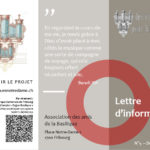 The order for the “great organ” in the Basilica of Our Lady was placed several months ago. So the countdown is on! (…) In order to be able to play with instruments tuned differently, a continuo organ with transposing keyboards was planned from the outset of our project. This “small positive organ” has just been ordered from Frédéric Desmottes’ organ-building firm.
The order for the “great organ” in the Basilica of Our Lady was placed several months ago. So the countdown is on! (…) In order to be able to play with instruments tuned differently, a continuo organ with transposing keyboards was planned from the outset of our project. This “small positive organ” has just been ordered from Frédéric Desmottes’ organ-building firm.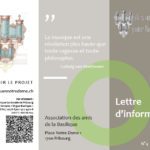 As of today, with three-quarters of the needed amount raised, the decision has been made to sign the letter of commitment to the organ builder. This historic moment took place on Sunday, November 27, 2022, the first Sunday of Advent, in the Treasure Room of the Basilica.
As of today, with three-quarters of the needed amount raised, the decision has been made to sign the letter of commitment to the organ builder. This historic moment took place on Sunday, November 27, 2022, the first Sunday of Advent, in the Treasure Room of the Basilica.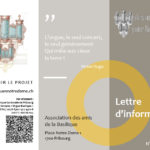 Once upon a time, as the accompanying archive photo can attest, a majestic organ occupied the gallery of the Basilica of Our Lady of Fribourg. Unfortunately, history has made it disappear in a singular way.
Once upon a time, as the accompanying archive photo can attest, a majestic organ occupied the gallery of the Basilica of Our Lady of Fribourg. Unfortunately, history has made it disappear in a singular way.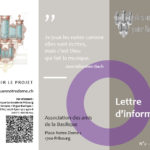 Today, thanks to the support of new “friends” and the new dynamic put in place, the project is progressing favorably. However, the search for funding remains a priority.
Today, thanks to the support of new “friends” and the new dynamic put in place, the project is progressing favorably. However, the search for funding remains a priority.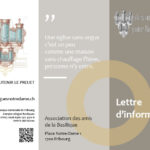 At this stage of the project, the association has managed to raise nearly CHF 650,000, or three-quarters of the budget amounting to CHF 880,000. Unfortunately, without the full amount, it is impossible to take the risk of starting the construction work.
At this stage of the project, the association has managed to raise nearly CHF 650,000, or three-quarters of the budget amounting to CHF 880,000. Unfortunately, without the full amount, it is impossible to take the risk of starting the construction work.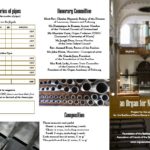 To support our project, you can sponsor one or more of the 2048 pipes of the organs. For an additional fee of 20 francs, donors can have their first names and surnames engraved on the back of the patronized pipes. The names of donors of more than ten thousand francs will appear on a plaque affixed to the organ case.
To support our project, you can sponsor one or more of the 2048 pipes of the organs. For an additional fee of 20 francs, donors can have their first names and surnames engraved on the back of the patronized pipes. The names of donors of more than ten thousand francs will appear on a plaque affixed to the organ case.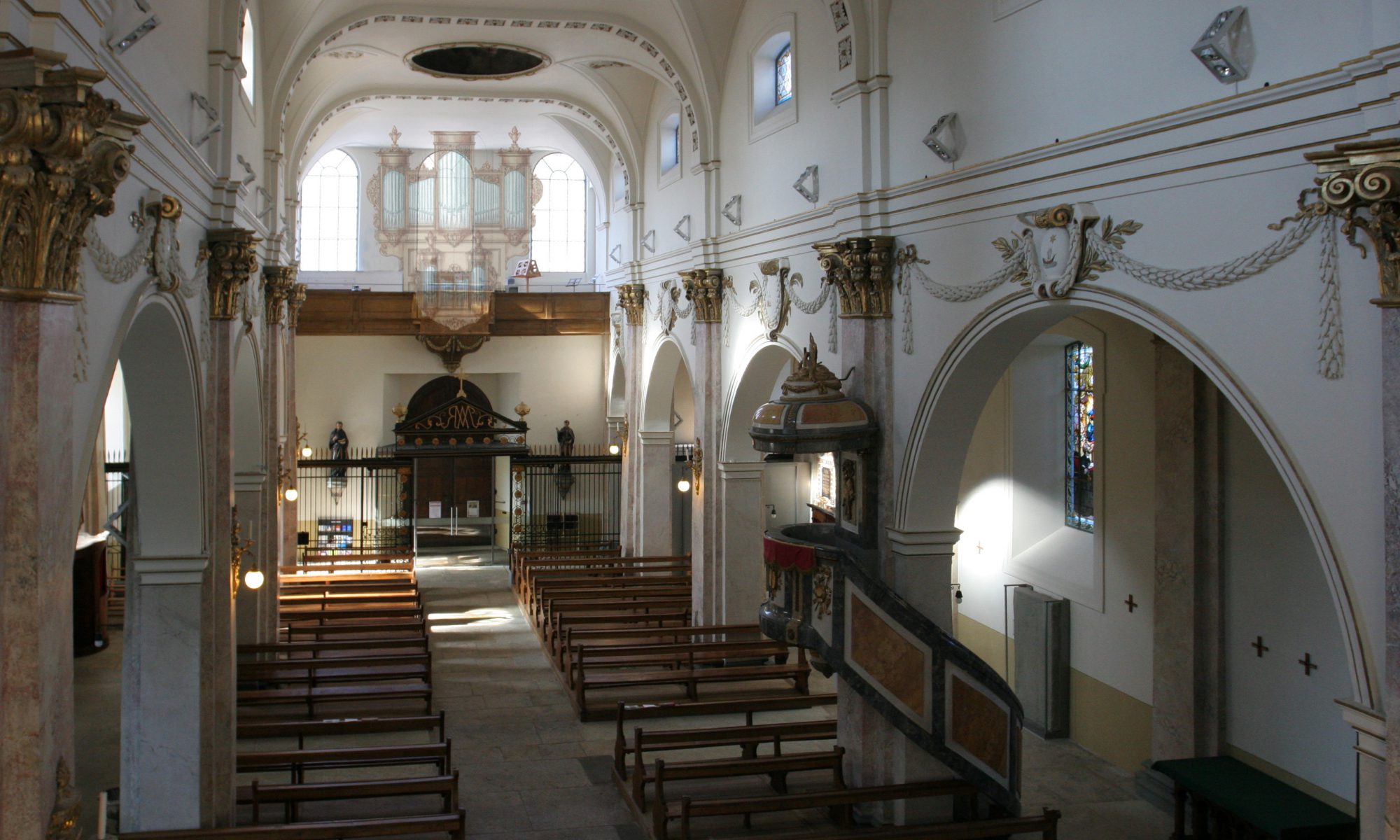


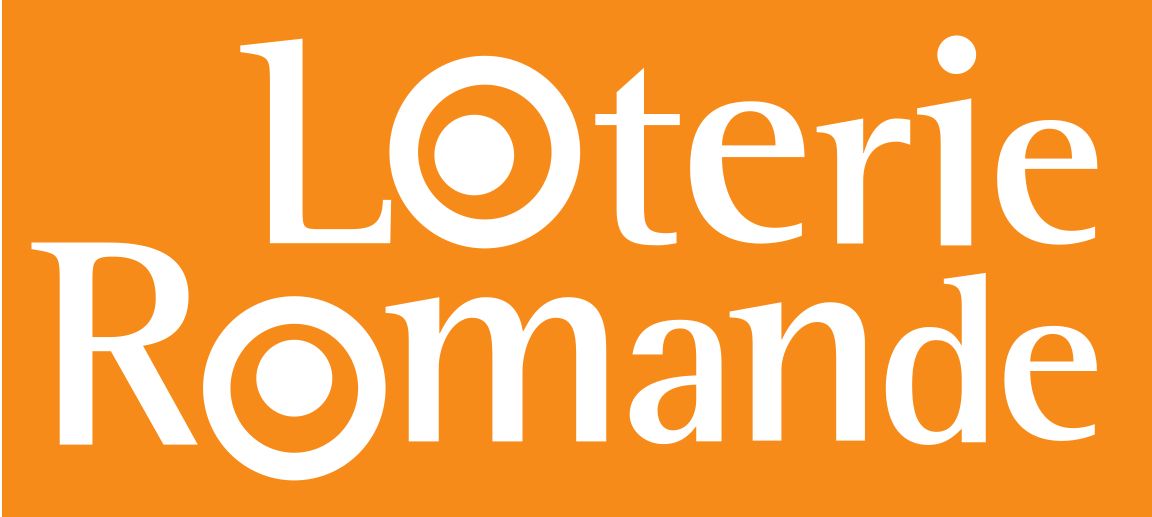



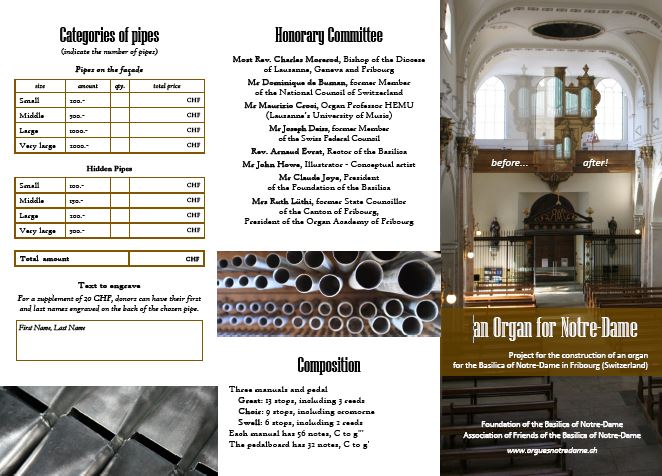
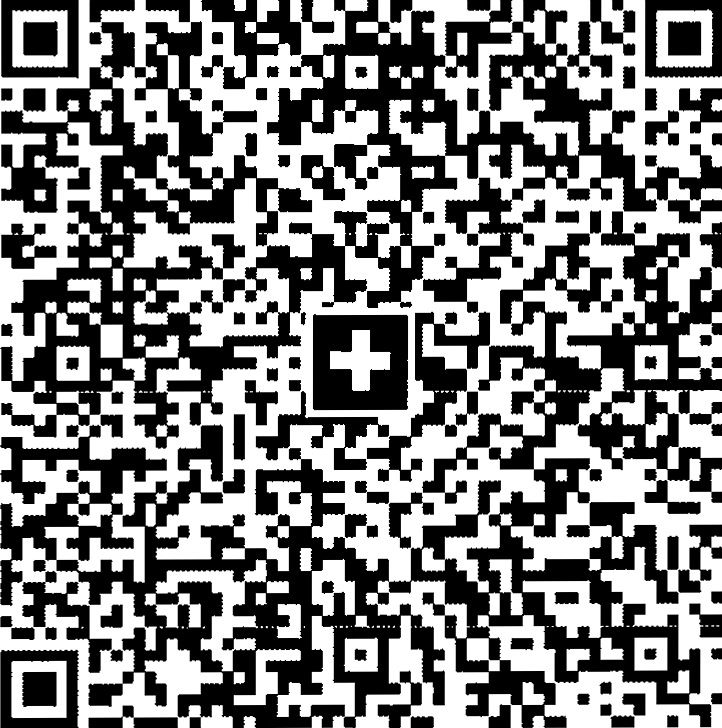 Donations can be sent to the following bank account:
Donations can be sent to the following bank account: